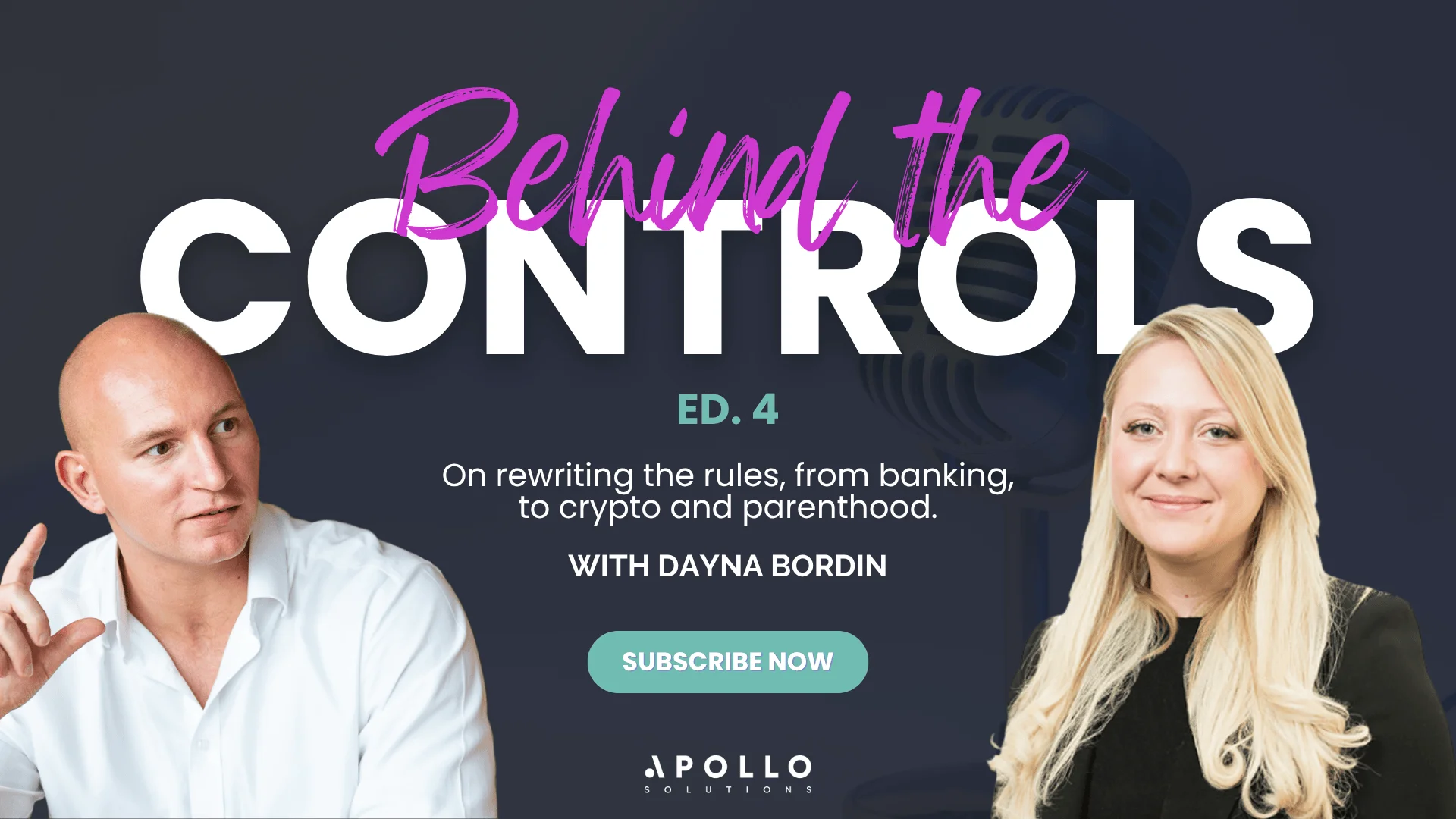Prioritising mental health: how leaders can reduce burnout in the workplace
12 Feb, 20245 minsIt’s no secret that workplace burnout has become a significant issue in recent years. In fac...

It’s no secret that workplace burnout has become a significant issue in recent years. In fact, just 32% of employees across the globe describe themselves as ‘thriving’ at work, while in contrast, 43% report high levels of daily stress. And it’s not just the general workforce who are struggling – leaders are too, with a recent survey conducted by Harvard Business Review revealing that over 50% of managers feel burned out.
Research shows that burnout can take a major toll on our mental and physical health – not to mention our productivity and engagement at work. As leaders and decision-makers, it’s crucial that we prioritise the mental health and wellbeing of our employees. So, this blog post is dedicated to tackling this pressing problem. We’ll provide practical tips and advice for leaders on how to put the wellbeing of your staff first and reduce burnout in the workplace.
(1) Promote a Healthy Work-Life Balance
One of the most significant causes of burnout is a lack of balance between our work and personal lives. Flexible and remote working options that have increased in popularity following the COVID-19 pandemic can help. And with 71% of workers viewing a flexible working pattern as important, and 69% saying remote working is important, it’s worth considering whether you can promote these kinds of arrangements to help employees achieve a balance.
But it’s also important for leaders to monitor stress levels and mental health at work. As suggested by Zenefits, regular check-ins on employee stress levels and mental health can help identify any issues early on and provide support where needed.
Education is also key. It's not enough to implement policies; employees need to truly understand the importance of work-life balance. Regular seminars, workshops, or even online resources can be beneficial. As is an overall culture that values employee wellbeing. Make sure you’re encouraging regular breaks throughout the day, disconnecting from work after hours, and for everyone to use their holiday entitlement. Some businesses are even implementing dedicated ‘recharge’ or ‘mental health’ days in addition to holiday allowances. And with a massive 82% of Gen Z employees wanting mental health days to combat burnout as part of their packages, it’s definitely worth looking into.
(2) Build a Positive Work Environment
Another significant contributor to workplace stress is a negative or toxic work environment. But there are small, proactive steps you can take to ensure yours is not!
A great place to start is creating a supportive environment where everyone is welcomed and celebrated. Recognition and rewards programmes are a fantastic way to motivate workers and ensure everyone feels valued. Providing regular constructive feedback and coaching will also help. 98% of employees who receive daily recognition feel valued by their employer, yet only 37% of employees receiving yearly recognition feel the same. And even just implementing an open-door policy can make a huge difference to employees’ satisfaction levels.
Remember to encourage team-building activities too. Dedicated team-building sessions are great, but they don’t always have to take up full days or be costly. Just arranging a team lunch or drink after hours to celebrate a win of the day, or success of the week, can also help promote a positive work atmosphere.
(3) Provide Opportunities for Learning and Development
Employees who feel they’re continually learning and growing in their roles are typically more engaged and fulfilled at work. This sense of professional growth not only contributes to mental wellbeing but also promotes a more productive and effective workforce. And that’s why it’s crucial to provide regular opportunities for learning and development.
Whether training programs, professional development workshops, mentoring, or collaborative projects, encouraging employees to take on new challenges and projects can help them feel more invested in their work.
From enhancing soft-skills to developing technical know-how and industry-specific expertise, training can be designed to enhance existing skills or introduce new ones - depending on the needs of your organisation and the employee. Whatever your approach, staff development offers employees the chance to expand their skill sets and increase their value within the company. The result? Improved mental health and wellbeing in an environment where people feel valued, engaged, and motivated to grow. Not only does this contribute to a positive work culture, but it’ll also drive your company's success in the long run.
(4) Address Workload and Expectations
One of the leading causes of workplace burnout is an overwhelming workload and unrealistic expectations. But as a leader in your organisation, there are things you can do to prevent this from happening.
It all begins with having open and honest conversations with your employees about their workload. Only then can you proactively identify areas where additional resources or support may be needed. It’s important to make sure employees have a clear understanding of their role and responsibilities from the off, as well as any expectations surrounding deadlines and quality of work.
By ensuring all of this is in place, you’ll be able to address issues early on and better support employee wellbeing. Importantly, it’s more likely you’ll be able to prevent occurrences of overwork and burnout.
(5) Offer Support and Resources for Mental Health
Lastly, leaders should offer support and resources for employees who may be experiencing mental health challenges, including stress, anxiety, or depression. Mental health has become such an important issue in recent years and the upshot of this is an endless availability of resources for employers and employees.
This could include access to providing employee assistance programs, counselling services, mental health benefits, and flexible sick leave policies. Online training programs are available, as well as in-person training sessions. And there are guides for employers aplenty. Many companies are even appointing and training dedicated mental health and wellbeing practitioners to support colleagues in-house.
But overall, it’s about promoting a culture of self-care and encouraging employees to prioritise both their mental and physical health. As leaders and decision-makers, it’s our responsibility to prioritise the mental health and wellbeing of everyone who’s part of our organisation. Reducing workplace burnout not only benefits individual employees but also contributes to a more productive, engaged, and positive work culture.
Are you ready to build your most successful workforce yet? Why not partner with Apollo Solutions? We work with organisations like yours to not only help them find the top talent they need but create long-term hiring and retention strategies to ensure they remain at the top of their game. Contact us today to find out more about how we could work together.



